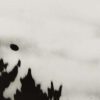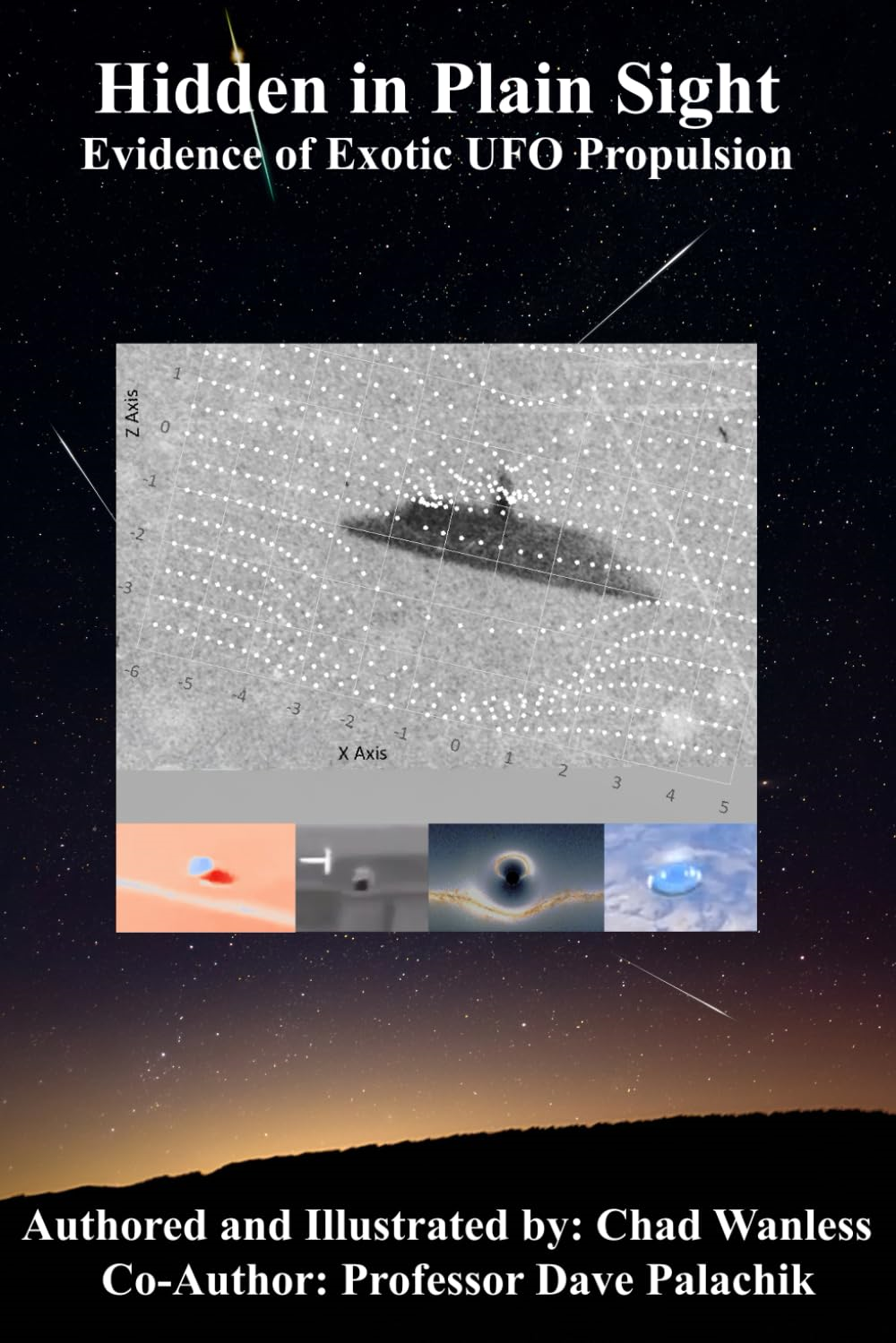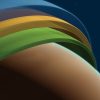This Man’s DNA Is the Oldest in North America0
- Earth Mysteries, From Around the Web, Science & Technology
- May 9, 2019
A Native American man in Montana has what may be the oldest DNA native to the Americas, according to news reports.
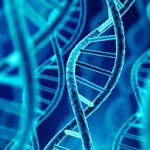
A Native American man in Montana has what may be the oldest DNA native to the Americas, according to news reports.

Fictional crash tests the ways that disaster response and space agencies would deal with such a natural disaster

New method cuts through galaxies’ messy emissions, provides clearer window into dark matter, dark energy
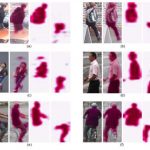
Person re-identification entails the automated identification of the same person in multiple images from different cameras and with different backgrounds, angles or positions.
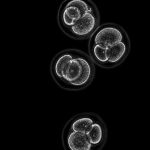
Researchers at the Hebrew University of Jerusalem (HU) have found a way to transform skin cells into the three major stem cell types that comprise early-stage embryos. The work (in mouse cells) has significant implications for modelling embryonic disease and placental dysfunctions, as well as paving the way to create whole embryos from skin cells.

Space experts from several agencies failed to stop an asteroid fragment from wiping out New York City last week.
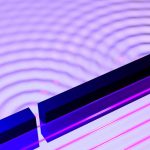
A variation of the classic double-slit experiment is applied to a positron for the first time
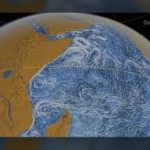
An enormous ocean whirlpool the size of Colorado appears every spring off the coast of Somalia, and it’s so big, scientists can see it from space.
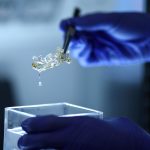
Researchers in Germany have created transparent human organs using a new technology that could pave the way to print three-dimensional body parts such as kidneys for transplants.
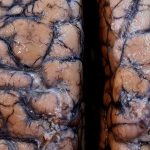
People robbed of the ability to talk due to a stroke or another medical condition may soon have real hope of regaining a voice thanks to technology that harnesses brain activity to produce synthesized speech, researchers said on Wednesday.
